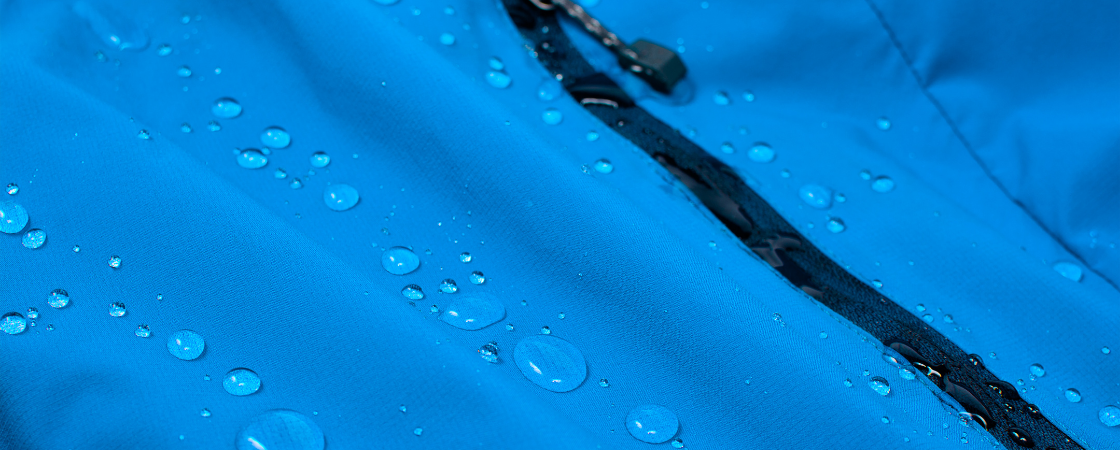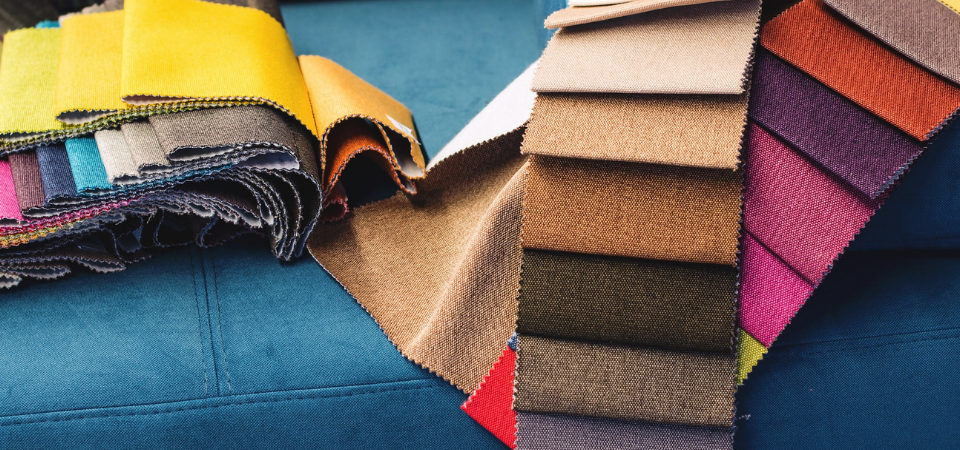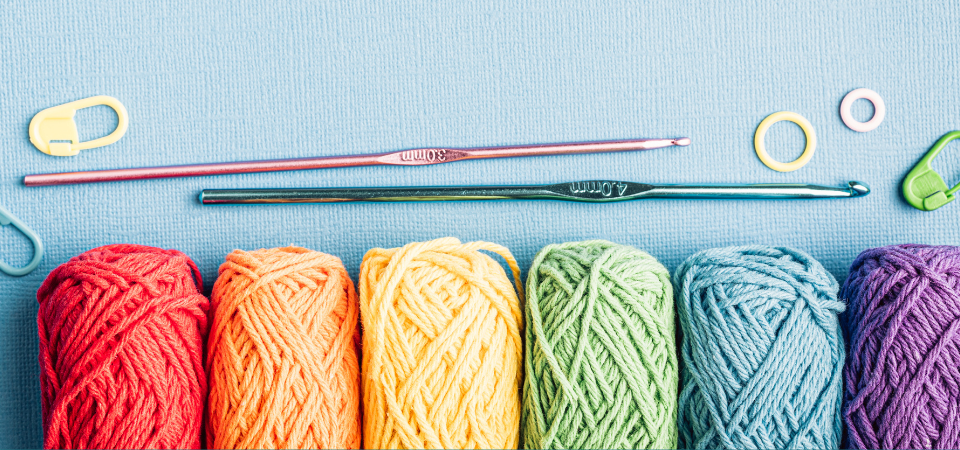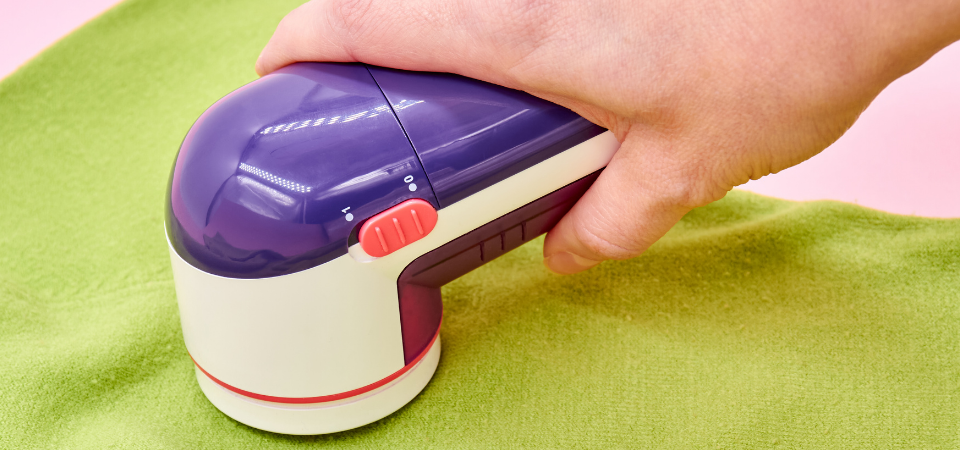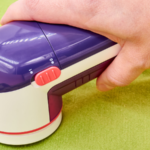
Fabric Pilling with Causes and Solutions
January 25, 2024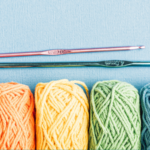
What is Yarn Count and How Does the Measurement System Work?
February 1, 2024The textile industry is one of the largest industries in the world, so it is possible to see textile products in all areas of life. It is especially important to know from which material the products that are often used in everyday life are produced, because the material used affects the durability of the product. Durability refers to how resistant the fabric is to wear and tear. Stable factories are products that can be used for a long time. The durable fabrics are exampled as linen, hemp, wool, and cotton. In addition to these, the use of water and non-staining chemicals in the production stage of the fabric factory also affects durability. The most durable factories, which stand out with different features, are discussed in detail in this article.
Definition of Durable Fabrics
Durability is one of the most important features a fabric should have. This feature shows how resistant the fabric is to wear and tear. Durable fabrics are fabrics that can be used longer because they are more resistant and can maintain their aesthetic appearance. Therefore, the longevity of the fabric is an important feature demanded by many users. Especially in fabrics that have daily use, durability should be required. Heavy fabrics are referred to as more stable factories. While this is true, lightweight fabrics such as linen are also ideal for strength and durability.
What are the Durable Fabric Properties?
There are many factors that make a fabric more stable. One of these factors is the natural fibers used in the fabric. Natural materials such as tightly woven cotton, canvas, or leather are factors that add durability to the fabric, which makes them durable fabrics. In addition to natural fibers, some synthetics can also increase durability. Fabrics with very strong fibers, such as ballistic nylon or cordura, are undoubtedly durable fabrics. How a fabric is woven is also an important factor. Durable fabrics usually consist of tightly woven fabrics. Because they have a dense and tight structure, they resist wear and tear. Loose woven fabrics are not advantageous in this feature. The more comfortable it is to use, the lower the durability. Finally, special coatings are also used for stable factories. Water and stain repellent coatings are used as a special barrier on the fabric surface. In this way, the wear of the fabric is prevented over time, and more stable factories are obtained.
Materials Used in The Most Durable Fabrics
There are many materials used in most stable factories. These materials are basically synthetic and naturally divided into two groups. While some varieties of both types of fibers are very durable, some are less durable, so there is no species that stands out between the two. Along with these materials, the coatings used are also important. In order for the fabric paint not to flow, chemicals that act as special barriers to stain and water retention are also often used.
Most Durable Fabric Types
There are some types of fabrics known as stable factories that stand out in this aspect. It will be beneficial to invest in these fabrics, especially for everyday use. These durable fabrics, such as hemp, linen, and alpaca wool, are included below.
1. Hemp
Hemp, which takes its place among natural fibers, is a valuable material that is known as a durable fabric. Although it is very similar to ketene in structure, this material is produced from the hemp plant. The stretch share is quite small, so it can maintain its structure for a long time. In addition to these, the breathability feature is quite high, making it an ideal choice in the summer. This material is also known as an antifungal. This means that it has a structure that does not hold bacteria and keeps bad smells away. Because of this feature, it requires less washing. Thus, the wear and tear due to washing is also prevented. These properties make hemp durable fabric and make it advantageous.
2. Linen
When it comes to natural fibers, one of the first things that comes to mind is linen. This material produced from the flax plant attracts attention with its durability. It has great breathability, does not wear easily, and is therefore suitable for long-term use. Especially among the indispensable summer months. In addition to these features, it is advantageous because it is an antibacterial material. It has a softening structure over time and therefore offers much more comfortable use over time. Although it has a quick wrinkle structure, it is among the most stable fabrics.
3. Alpaca Wool
Materials such as linen, hemp, and silk are quite thin, so they are an excellent choice for the summer months. The material that keeps warm and attracts attention with its durability during the winter months is undoubtedly alpaca wool. Wool is a strong material in general; it stands out in this respect, similar to alpaca. There are small stamps in the structure. These flakes are resistant to wind, rain, and even fire. Extremely flexible, alpaca wool can quickly return to its old form. As with most wool, matting and pilling can occur in the alpacada. To avoid this, it is necessary to carry out its care correctly and wash it under the right conditions. This is a stable fabric that can be used for a long time when paying attention to details.
4. Silk
Silk, which draws attention with its thin and smooth structure, is a highly durable material. It is indispensable in the summer months, such as linen and hemp. Although it is perceived as an unstable material due to its thin structure, it is resistant to wear and tear. Because of its bright and smooth appearance, it is also referred to as a symbol of luxury.
5. Mohair
With a flexible and curly appearance, mohair takes its place among the stable factories. Like alpaca wool, it is a material that can stretch and return to its original form after a while. Due to its highly durable structure, it does not deform easily, so it is suitable for long-term use. Although it may shed feathers from time to time, it is not easily discovered because it has no scales. Since it does not smell, it is quite advantageous to use. Moreover, its own curly texture adds a special air to textile products.
6. Angora Wool
How durable the wool is an indisputable fact, but one of the types of wool that is more durable than it is angora wool. This material, which does not smell, has high absorbency, and is highly resistant to abrasion, is an ideal choice for the winter months. Just like mohair, it has its own curly appearance, which makes the material even more remarkable. There is a possibility of shedding and scavenging, but it is not possible to encounter these problems when the care instructions are followed and washed correctly. For this reason, most are shown among stable factories.
7. Cotton
When it is called natural fiber, the first thing that comes to mind is undoubtedly cotton. Hemp is not as durable as linen or wool, but it is a material that is resistant to being counted among stable factories. This material, which becomes harder as it gets into the water, is suitable for repeated washing, hence making it an ideal choice for everyday use. It has breathable, healthy, and soft tissue. This material, especially used in jean production, is a factor that prolongs the life of the textile product.
Factors Increasing Fabric Durability
There are many factors that influence fabric durability, especially in everyday use. It is important to use a product for a longer time. For example, whether the fabric is woven or knitted is an important criterion because woven fabrics tend to have more resistance. Similarly, heavier fabrics are more durable than lighter ones. Stain and water repellent coatings are also among the factors that increase durability. Although it is important under what conditions the fabric is produced, the care of the fabric is also important for durability. It is necessary to follow the washing instructions one-on-one to maintain the durability of stable factories. The fabric can be used for a long time when viewed at the specified temperature and washing program.

